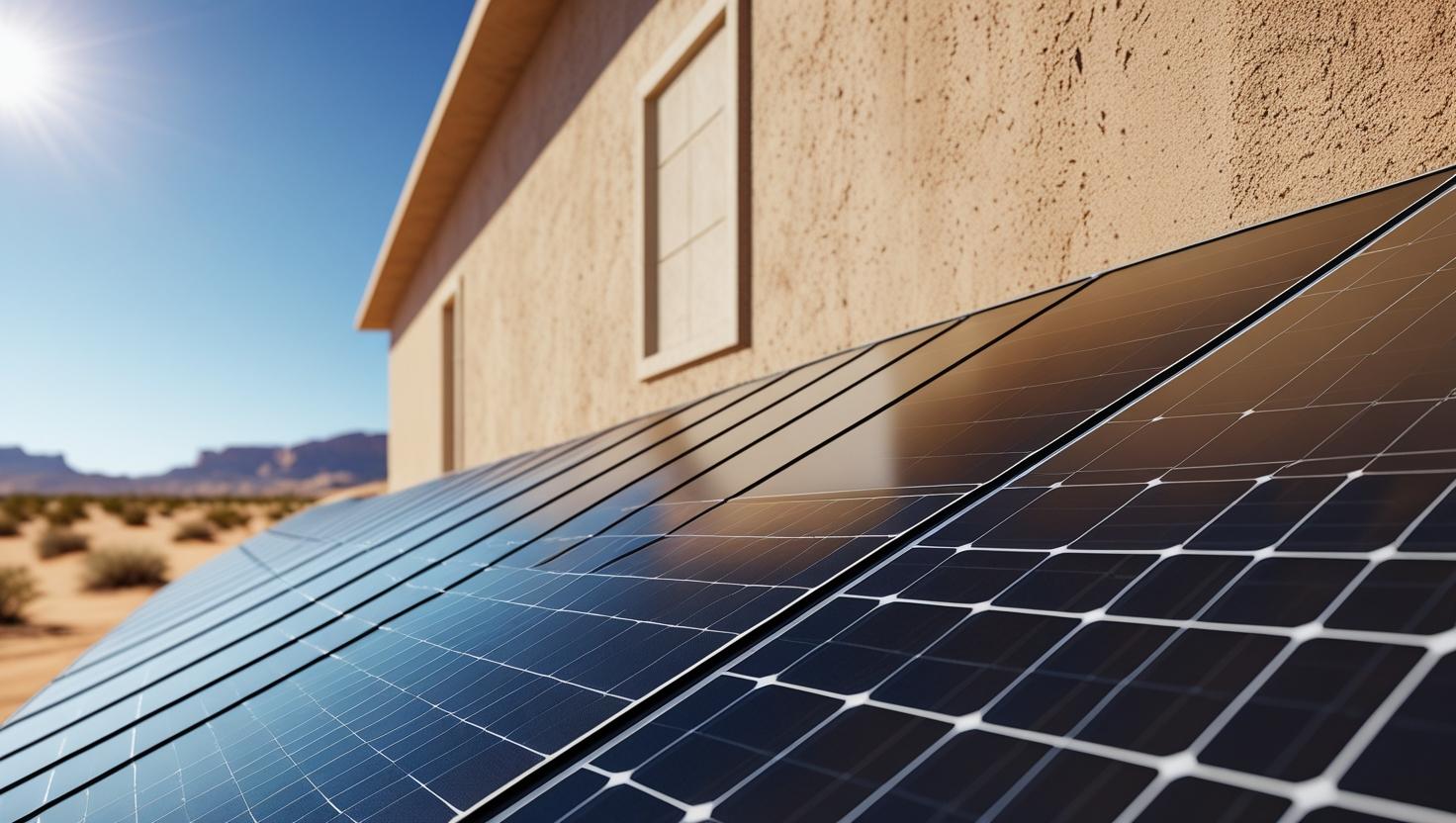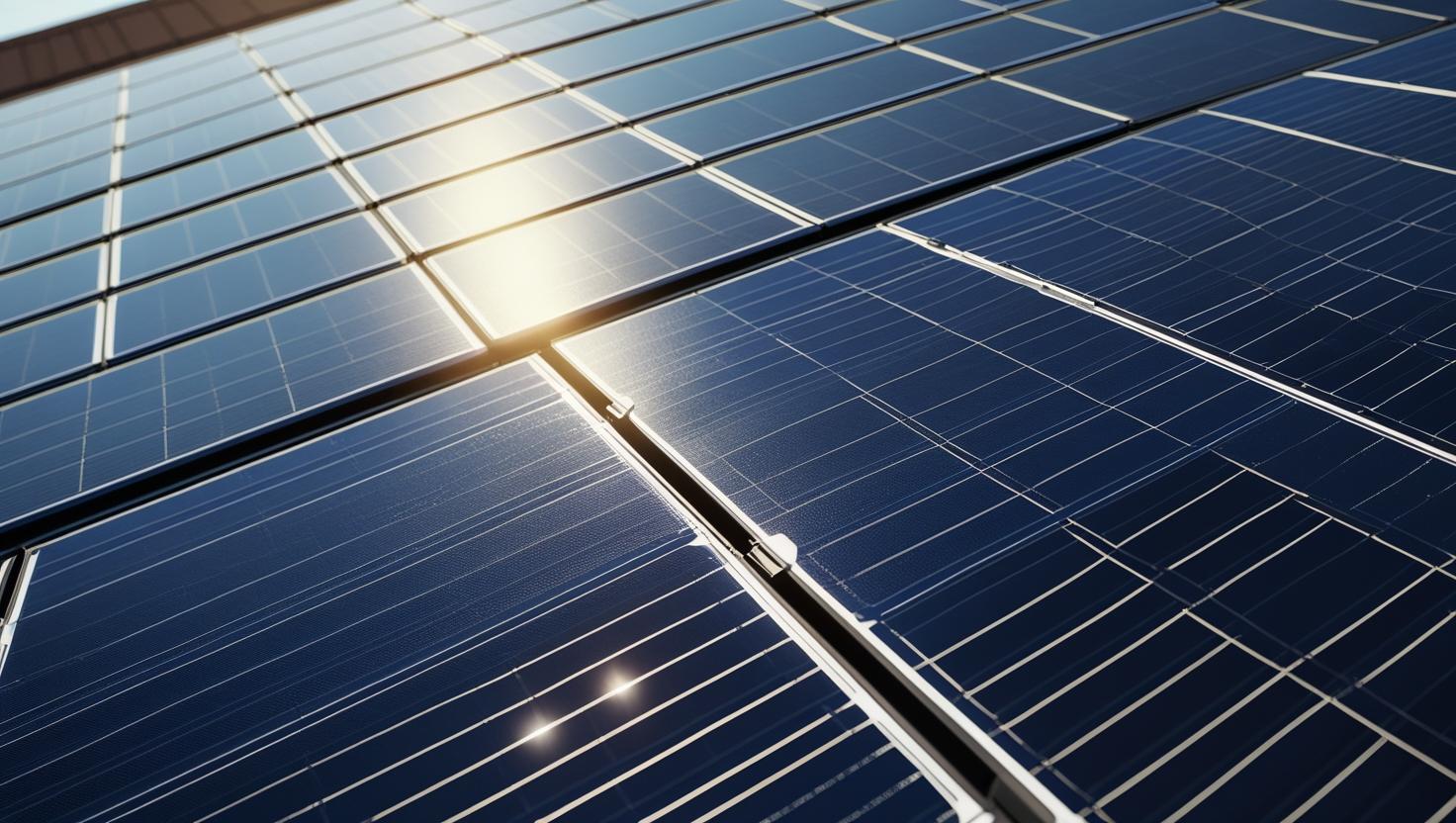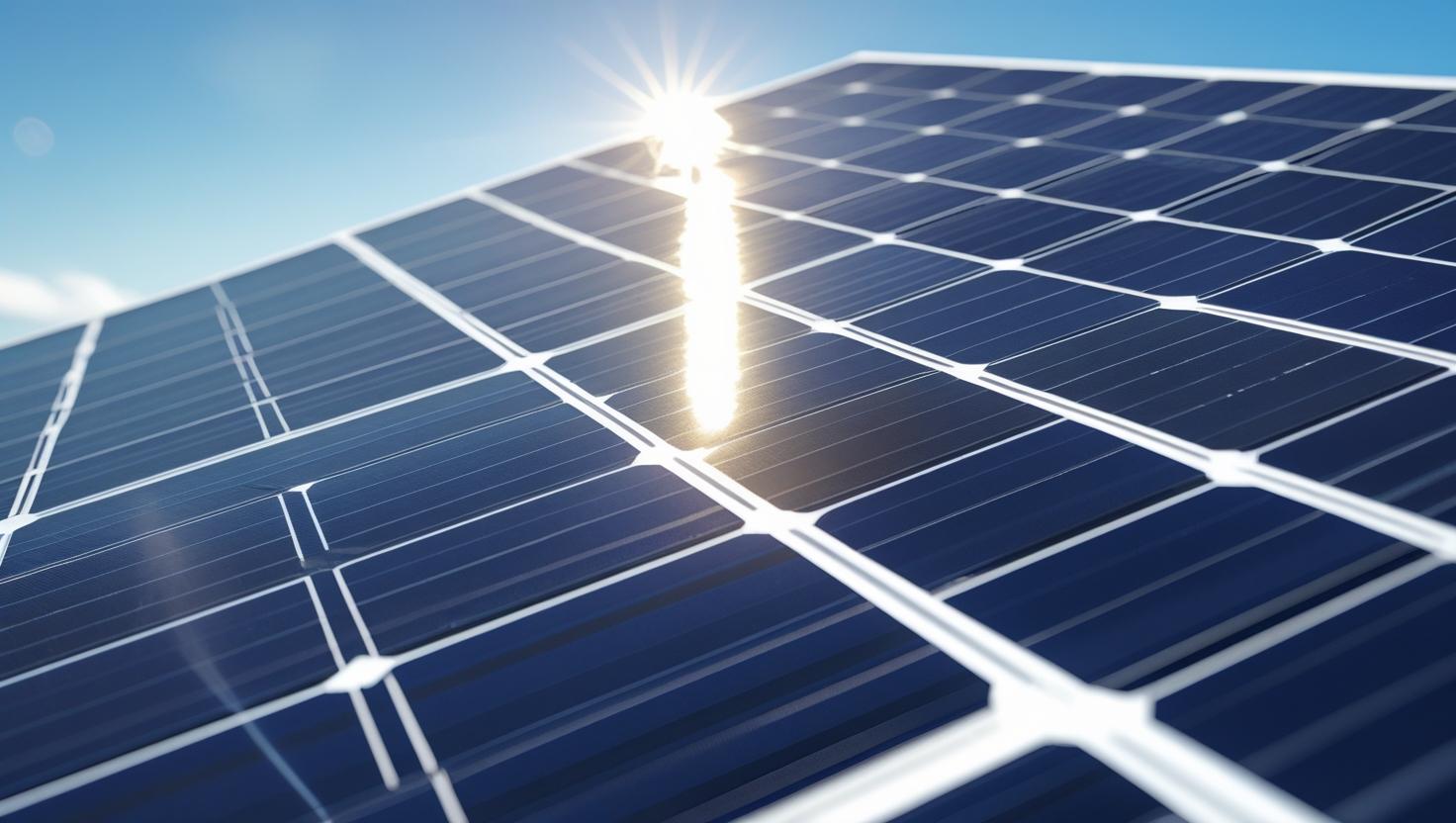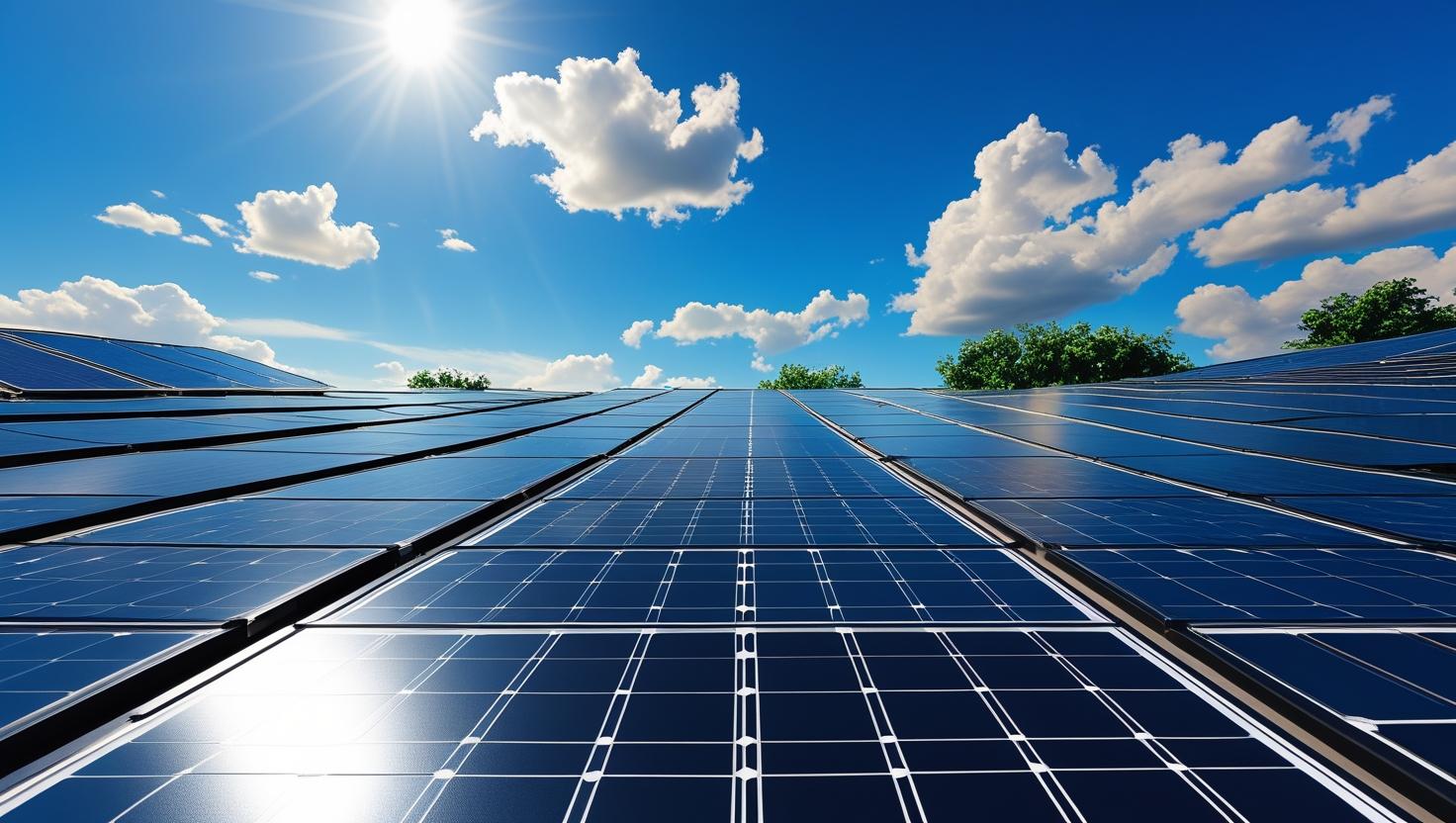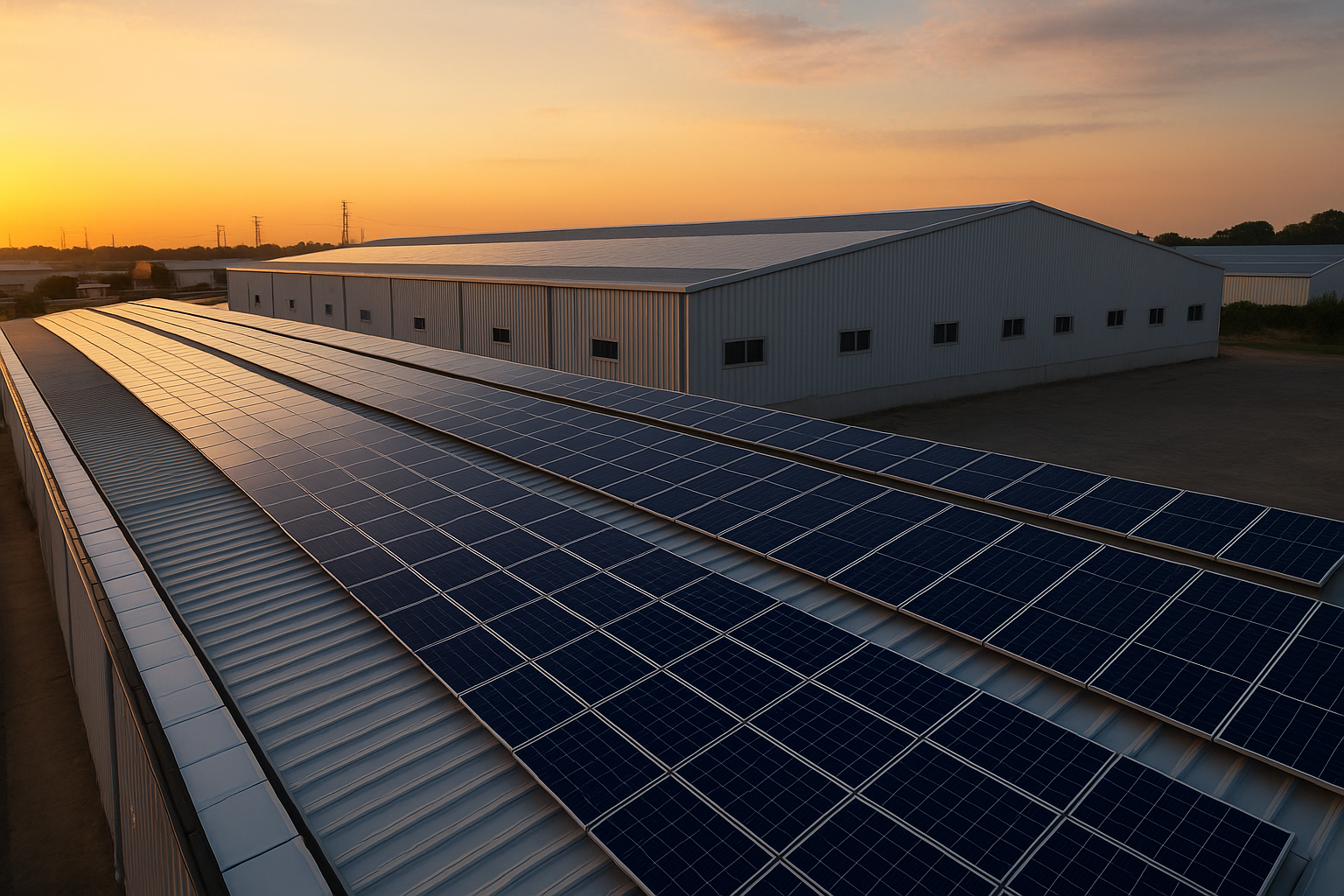
What Makes a Great Solar Inverter for Tropical Climates?
Businesses in tropical regions like Southeast Asia and coastal Africa face frequent inverter failures due to high heat, humidity, and monsoon rains. These issues cause energy loss, system downtime, and maintenance costs—hurting reliability and ROI. This guide addresses common pain points and real-world solutions to help commercial users deploy solar systems that both survive and thrive in tropical environments.
1. Overheating Reduces Inverter Life and Efficiency
Pain Point:Rooftop temperatures often exceed 45 °C during midday, causing inverters to auto-derate or shut down—leading to up to 20% energy loss and a shortened lifespan.
Solution:Choose inverters with:
-
Thermal derating that allows continuous operation up to 60 °C
-
Built-in temperature sensors and smart fan control
-
Installation in shaded, ventilated mounts
At a commercial warehouse near Ho Chi Minh City, installingTS‑GT5000Tin a shaded nVent bracket reduced derating by 12% compared to rooftop-mounted units.
2. Moisture and Corrosion Cause Electrical Failures
Pain Point:High humidity and coastal salt spray lead to PCB corrosion, contact failures, and premature breakdown in poorly protected inverters.
Solution:Use:
-
IP65+ enclosures with anti-corrosion coatings
-
Internal conformal coating on PCBs
-
External components made from stainless or treated alloys
In a beachfront school in Luzon, switching from a standard inverter toIP66-rated TS‑HYB‑10000PROeliminated moisture-related faults even during typhoon season.
3. Unstable Grid and Power Surges Lead to System Interruptions
Pain Point:Frequent voltage fluctuations and lightning-prone storms damage inverters without surge protection, causing spoilage, downtime, and safety hazards.
Solution:Install inverters that support:
-
Built-in SPD (Surge Protection Device)
-
Voltage ride‑through for short-term dips
-
Generator/genset compatibility for hybrid systems
A textile factory in Klang Valley avoided inverter replacements—saving over 25% in downtime costs—by switching to hybrid inverters with SPD and grid-fault protection.
4. Shading Is Common on Irregular Rooftops
Pain Point:Multi-orientation panels due to structural limitations cause energy mismatch and lower output when connected to a single MPPT.
Solution:Opt for inverters with:
-
Multiple MPPT inputs (≥3)
-
Independent input strings for east, west, and south-facing panels
In an industrial rooftop installation in Binh Duong, using4‑MPPT TS‑GT5000Treduced shading losses by 15% versus single‑MPPT units.
5. Limited Local Tech Support Slows Maintenance
Pain Point:Lack of local language interface or support leads to delays in troubleshooting and high recurring maintenance costs.
Solution:Choose:
-
Inverters with local language interface (VN/EN/ID, etc.)
-
Remote monitoring dashboards with mobile alerts
-
Suppliers offering local spares and engineer training
thlinksolar’s monitoring portal enabled same-day issue resolution in Jakarta factories, cutting failure response time by 60%.
Frequently Asked Questions
Q1: Do I need thermal insulation or AC for rooftop inverters?
Not always. Strategic shade mounting and smart cooling fans often suffice without adding full air-conditioning.
Q2: What does IP65 vs IP66 mean?
-
IP65: Dust-tight, protects against water jets
-
IP66: Stronger protection against heavy rain and saline mist—recommended for coastal/tropical locations
Q3: Can hybrid inverters work with local generators?
Yes—thlinksolar hybrid models support AC coupling and auto-switching to generator power, ideal when grid power is unreliable.
Q4: How do I prevent corrosion inside the unit?
Ensure PCBs have conformal coating and components like heat sinks, screws use stainless or treated metals. Regular visual inspections help too.
Comprehensive Conclusion
Tropical climates introduce environmental stressors that affect the reliability and performance of solar inverters. By addressing key pain points—overheating, humidity, surges, shading, and support—commercial users can significantly improve uptime, energy yield, and system longevity.
With certified, climate-adapted products likeTS‑GT5000T,TS‑HYB‑10000PRO, andTS‑MiniINV‑3000,thlinksolaroffers robust solutions built for heat, moisture, and variable grid conditions. Add remote monitoring and local technical support, and you get a solar solution that meets real-world demands.
To explore suitable inverter models and design assistance tailored to tropical conditions, visit ourhomepageor contact us here:thlinksolar contact page.

